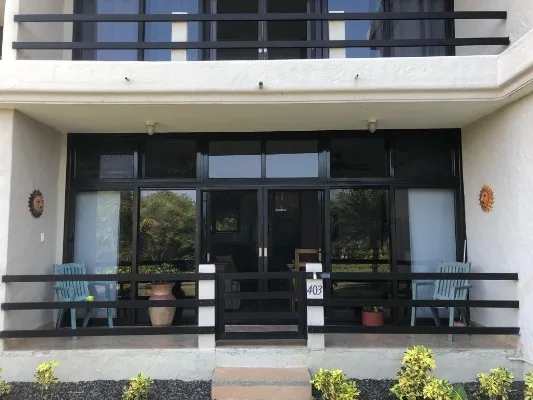Latin America’s business landscape is changing and U.S. business schools should pay attention, dean says
By Bruce R. Magid
In the Colombian city of Medellín, nestled in a valley in the Andes Mountains, one can see the remnants of a tragic past and, at the same time, glimpse a hopeful future taking hold across much of Latin America.
Walking through Medellín in 1995, I saw crumbling infrastructure, neighborhoods ravaged by drug violence, and a government that lacked the initiative to lift its residents out of poverty. American tourists and foreign business people were scarce.
I returned this March and found the city revitalized by a new commitment to infrastructure, innovation, and foreign investment. Medellín’s new transportation system is bringing its poorest citizens to jobs.
Public education has significantly improved, and graduates of higher-education institutions, including business schools, bolster the country’s burgeoning innovation sector.
Medellín is not an outlier in Latin America; rather it is an example of the region’s turnaround. With both its middle class and its regional economy growing, Latin America has turned to education as a vital part of its blueprint for success. Cities like Lima, Peru, Bogota, Colombia and Quito, Ecuador have moved undergone transformations. Even smaller cities, such as Arequipa, Peru and Cuenca, Ecuador have been revitalized into prosperous centers of innovation, attracting international attention.
U.S. business schools, especially those that are committed to entrepreneurship and that pride themselves on their international diversity, have a role to play here. They should, in fact, be at the forefront of recognizing the burgeoning potential in Latin America.
Partnerships between business schools in the U.S. and Latin America aren’t yet as common as strategies that expand into Asia. Such schools as Rutgers Business School, the University of North Carolina’s Kenan-Flagler Business School, Duke University’s Fuqua School of Business, and many others have created dozens of partnerships, built campuses, and connected with area companies.
Now it’s time to look south. More than 40 percent of American exports go to Latin America, a rate that’s growing faster than our trade with the rest of the world. We are Latin America’s top trading partner. An unprecedented 37 million Americans now speak Spanish, a 288 percent increase since 1980. The Latin American economy represents an attractive export market, given its growing middle class coupled with its emphasis on health, technology, and education.
The Obama Administration is emphasizing educational initiatives that connect the U.S. and Latin America through the “100,000 Strong in the Americas” effort, but U.S. business schools must go beyond the standard study-abroad model to create relationships that continue after a semester exchange ends.
One way to do this is to offer more programs that award dual degrees from U.S. and Latin American institutions. Students can spend two semesters studying in another country and embedding themselves in the local business culture, which opens up opportunities in either region. This will encourage U.S. and Latin American students to continue the relationships they began through their studies by applying for jobs outside their home country.
By building out internships and employment opportunities through these partnerships, U.S. and Latin American business schools can immerse their students in the Latin American economy and business culture, and vice-versa, increasing the cultural and social fluency of their graduates.
Traditional methods, such as faculty exchanges, can also fuel joint research initiatives, conferences, and symposiums that can bring new voices and perspectives to enrich each student’s experience as well as faculty research.
Cultivating relationships like this in our own backyard will create avenues for global economic cooperation that will have an impact long after our students graduate.
Bruce Magid is the Dean of Brandeis International Business School and the Martin and Ahuva Gross Chair in Financial Markets and Institutions.





















